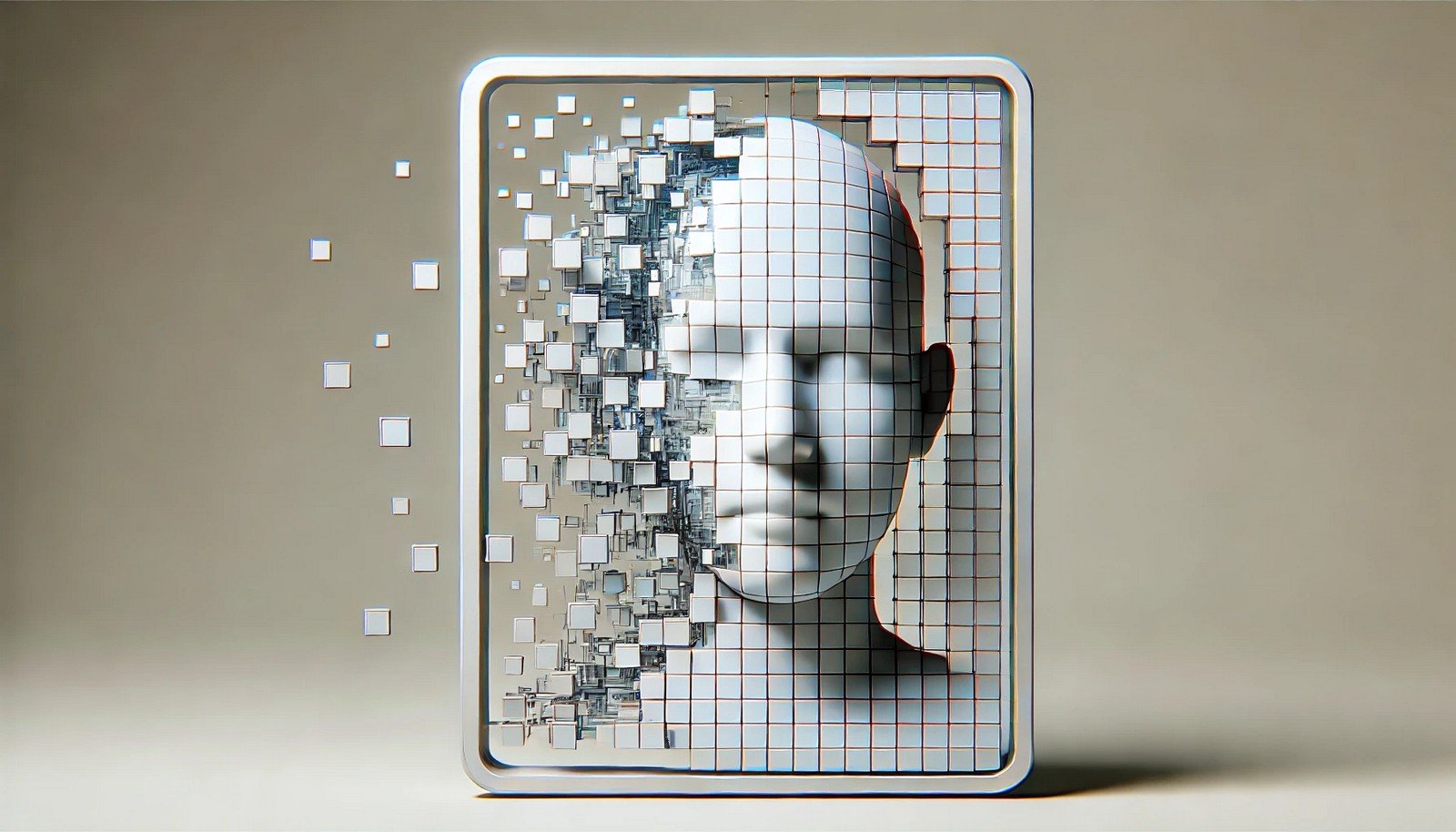Random Erasing

Quick Navigation:
- Random Erasing Definition
- Random Erasing Explained Easy
- Random Erasing Origin
- Random Erasing Etymology
- Random Erasing Usage Trends
- Random Erasing Usage
- Random Erasing Examples in Context
- Random Erasing FAQ
- Random Erasing Related Words
Random Erasing Definition
Random Erasing is a data augmentation technique used in machine learning, specifically in computer vision. It involves randomly selecting and masking out rectangular regions in an image during training, which forces models to learn distinguishing features from incomplete data. This technique helps neural networks become robust against occlusions or missing parts in images, enhancing their object recognition accuracy and generalization on unseen data.
Random Erasing Explained Easy
Imagine drawing on a picture, then covering up random parts with sticky notes so you can't see everything. Random Erasing is like this for AI; it hides parts of pictures during training so the AI learns to recognize objects even when pieces are missing.
Random Erasing Origin
Random Erasing originated from the field of data augmentation in computer vision, introduced to address the challenge of overfitting. By intentionally removing parts of images, it makes the model more adaptable to various real-world conditions where objects might be partially obscured.
Random Erasing Etymology
The term “Random Erasing” reflects the random selection process of the erased (masked) regions in training images, aiding AI in generalization.
Random Erasing Usage Trends
The use of Random Erasing has increased in fields requiring resilient object detection, such as autonomous vehicles and facial recognition. As AI systems must recognize objects under varying conditions, Random Erasing supports diverse, unpredictable real-world applications by preventing over-reliance on full object visibility.
Random Erasing Usage
- Formal/Technical Tagging:
- Data Augmentation
- Computer Vision
- Neural Network Training - Typical Collocations:
- “Random Erasing in neural networks”
- “Random Erasing technique”
- “Data augmentation with Random Erasing”
Random Erasing Examples in Context
- Random Erasing is applied in training autonomous vehicle models to ensure they can recognize pedestrians even if partially hidden by objects.
- By using Random Erasing, facial recognition systems can learn to identify faces with certain features obscured, like sunglasses or hats.
- Object detection models in security systems employ Random Erasing to become resilient to occlusions in surveillance footage.
Random Erasing FAQ
- What is Random Erasing?
Random Erasing is a technique in machine learning where parts of an image are masked during training to improve recognition accuracy. - Why is Random Erasing used in AI?
It helps models become resilient to occlusions, ensuring accuracy even if objects are partially visible. - How does Random Erasing improve model performance?
By teaching the model to identify objects despite missing parts, enhancing generalization and robustness. - Where is Random Erasing applied?
Used in fields like autonomous driving, security, and medical imaging to handle real-world scenarios with occluded objects. - What are alternatives to Random Erasing?
Alternatives include CutMix and Mixup, which also mask or mix image parts during training. - Is Random Erasing used for all neural networks?
Primarily applied in computer vision tasks, it may not be suitable for text or audio models. - How does Random Erasing differ from dropout?
Dropout randomly drops neurons in the network; Random Erasing removes pixels in images. - Can Random Erasing work with real-time processing?
Yes, models trained with Random Erasing can perform well in real-time applications, such as video surveillance. - Does Random Erasing impact model training time?
It may slightly increase training time due to the added augmentation step, but it enhances model robustness. - How does Random Erasing help in image classification?
It reduces model overfitting by ensuring reliance on essential features rather than image completeness.
Random Erasing Related Words
- Categories/Topics:
- Data Augmentation
- Computer Vision
- Image Classification
Did you know?
Random Erasing has proven particularly useful in improving the accuracy of autonomous driving systems, where cars must detect pedestrians, vehicles, or other obstacles even when they are partially obscured. It simulates real-world scenarios during training, preparing models for varied conditions they will encounter on the road.
PicDictionary.com is an online dictionary in pictures. If you have questions or suggestions, please reach out to us on WhatsApp or Twitter.Authors | Arjun Vishnu | @ArjunAndVishnu

I am Vishnu. I like AI, Linux, Single Board Computers, and Cloud Computing. I create the web & video content, and I also write for popular websites.
My younger brother, Arjun handles image & video editing. Together, we run a YouTube Channel that's focused on reviewing gadgets and explaining technology.



Comments powered by CComment